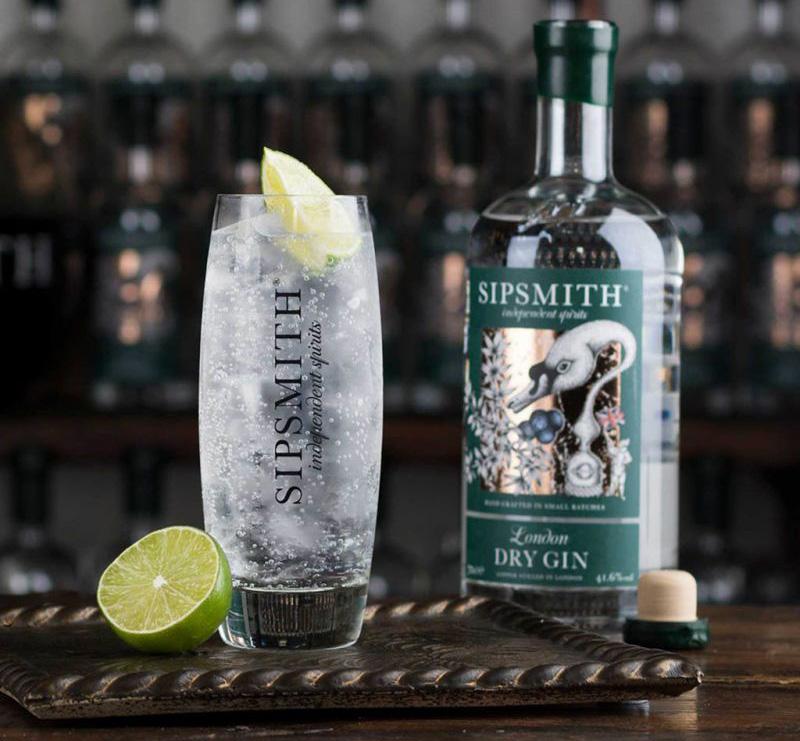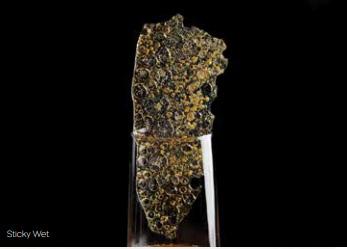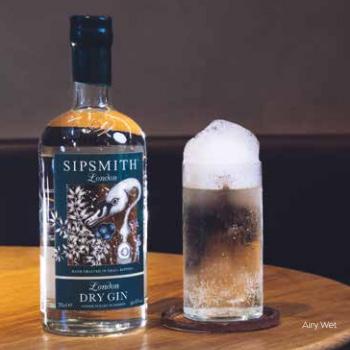
4 minute read
WHAT KIND OF WET?
THE OBVIOUS ANSWER TO THE QUESTION ‘WHAT TEXTURE IS THIS COCKTAIL?’ IS (OF COURSE): WET, IT’S LIQUID. THIS IS A SILLY QUESTION. BUT LET’S DIVE A LITTLE DEEPER.
WORDS BY BRENDAN GREY, THE EXCHANGE, AMBASSADOR.
Advertisement
we don’t think about too often, but innately know when we’ve gotten it wrong. If a drink is too heavy in sugars, it results in a syrupy texture that sticks to the palate leaving an uncomfortable mouth feel that lingers too long like an unwelcome guest. Luckily, the solution for overly sticky wetness is to simply stir or shake your drinks some more. Too little sugars though and you run the risk of your drink becoming too ‘Wet Wet’, sliding across your palate too quickly and leaving you with a ‘thin’ experience.
GELATINOUS WET Whilst we rarely like to refer to our cocktail creations as ‘Gelatinous’, it is a surprisingly common practice that, if we are honest with ourselves, is absolutely awesome.
Wet’ balance allows the liquid to linger longer on the palate and impart more flavor. If your cocktail is feeling a bit thin but you don’t want to add any more sweetness, mastering your jelly skills is a must.
HOT/COLD WET, The temperature in cocktails is a tricky one. Often we are expected to either chill things down or heat things up, but rarely do we talk about the intricacies of how this messes with texture and, inherently, flavour.
When we heat a liquid up, the molecules within start moving around a lot, meaning there is less friction against surfaces for them to stick too as everything bounces around. This results in warm drinks moving faster across the palate, whilst something that’s been chilled down is more sluggish and can essentially stick to the palate. However, different molecules have different thermal limits, meaning some flavours will zip past your palate whilst others will happily linger, despite an apparently warm or cold sensation.
Gelatines are formed by long strings of Amino acids that bond like a futuristic 3D matrix across a liquid and add firmness. In their extreme, they result in jelly.

In moderation, the perfect Whiskey Sour. In the modern age of bartending, we’re all getting pretty used to seeing Agar Agar and Aquafaba being used in drinks. But the original ‘gangsta’ will always be the humble egg. Amino acids are the building blocks of proteins and egg whites are chock full of them, which is why they’re a staple in any kind of cooking where you’re trying to bind something together. Much like viscosity, a good ‘Gelatinous
Understanding this allows us to manipulate these textures to bring out the characteristics we want in our drinks. As an experiment, try warming up a Manhattan and comparing against chilled and room temperature; baby it will blow your mind.
AIRY WET Dry shaking cocktails to create sexy foams is a long-standing tradition that we all love/hate in bartending, often depending on how deep you are in the shift, but what the hell is actually happening and why is it so satisfying?
To create foam, you first need some of those sweet amino acid strings we talked about in ‘Gelatinous Wet’. Due to their super light molecular composition, these strings will quite happily sit on top of air molecules which create dope little bubbles and, depending on how hard you shake/blend, create a delightful foam.
When these foams reach your palate, they begin to break down from the heat in your mouth, slowly collapsing onto your taste buds creating a layered increase in flavour. This can be great for sweet flavours, as it slowly exposes your palate rather than punching it in the face.
Isolated bitter flavours have a strange tendency to compound in on themselves, so be careful where you use these flavours as a texture. Dry shake some bitters with egg white some time and eat a spoonful.
DRY WET This one is my personal favorite to mess with. Whilst we don’t often desire our drinks to leave someone parched afterwards, used in balance with other mouth feels, this is the one that creates clean, crisp textures to round out your drinks.
There are a couple of ways you can do this. The classic way is with something bitter or tannic. Bitterness usually means poisonous in the natural world, so our mouths are programmed to lower our salivating to keep us from swallowing whatever we’ve mistakenly thought was food.
Another way is keeping your drink’s alcohol content nice and high. At these more boozy levels, small amounts of alcohol evaporate on your tongue and often take a bit of moisture with them, leaving your palate feeling dry and dusty.
Whiskey drinkers know what I’m talking about. The easiest way, however, is to just reduce your sugar level to a minimum. We’ve become so accustomed to everything having sugar in it nowadays that it’s very absence blows our fragile little minds.
So, now that we’ve got our different types of ‘Wet’, let’s discuss application. Any of these on their own is a bit boring really, and the key to an interesting drink is using a few of them in tandem with the flavours you’re trying to champion.
Let’s take the classic Daiquiri as a test run. In my quiet opinion, this is a case of balancing ‘Sticky Wet’, ‘Cold Wet’ and ‘Dry Wet’.
A wee bit of sugar to keep it on the palate, with a nice cold temperature to lengthen, and a good measure of alcohol to give it a nice dry finish. As long as you don’t go overboard with your ‘Wet Wet’, you should be laughing.

Let’s crank the concept up a notch from there.
Let’s say you’re making something for a cocktail competition. You’ve got your flavours and now it’s time to factor textures into it to make things a bit more interesting.
Do you want a nice clean finish with some ‘Dry Wet,’ or really looking to let the flavours linger with some ‘Gelatinous Wet’? Would the sweet, floral notes benefit from some ‘Airy Wet’, or is this drink better to just slide across the palate with some ‘Hot Wet’?
Considering things in this manor allows you to push some limits and try some weird stuff out, and who knows, maybe even stumble across something uniquely different.
But let’s be honest, as long as it’s liquid and boozy, we’re all gonna be fine.










